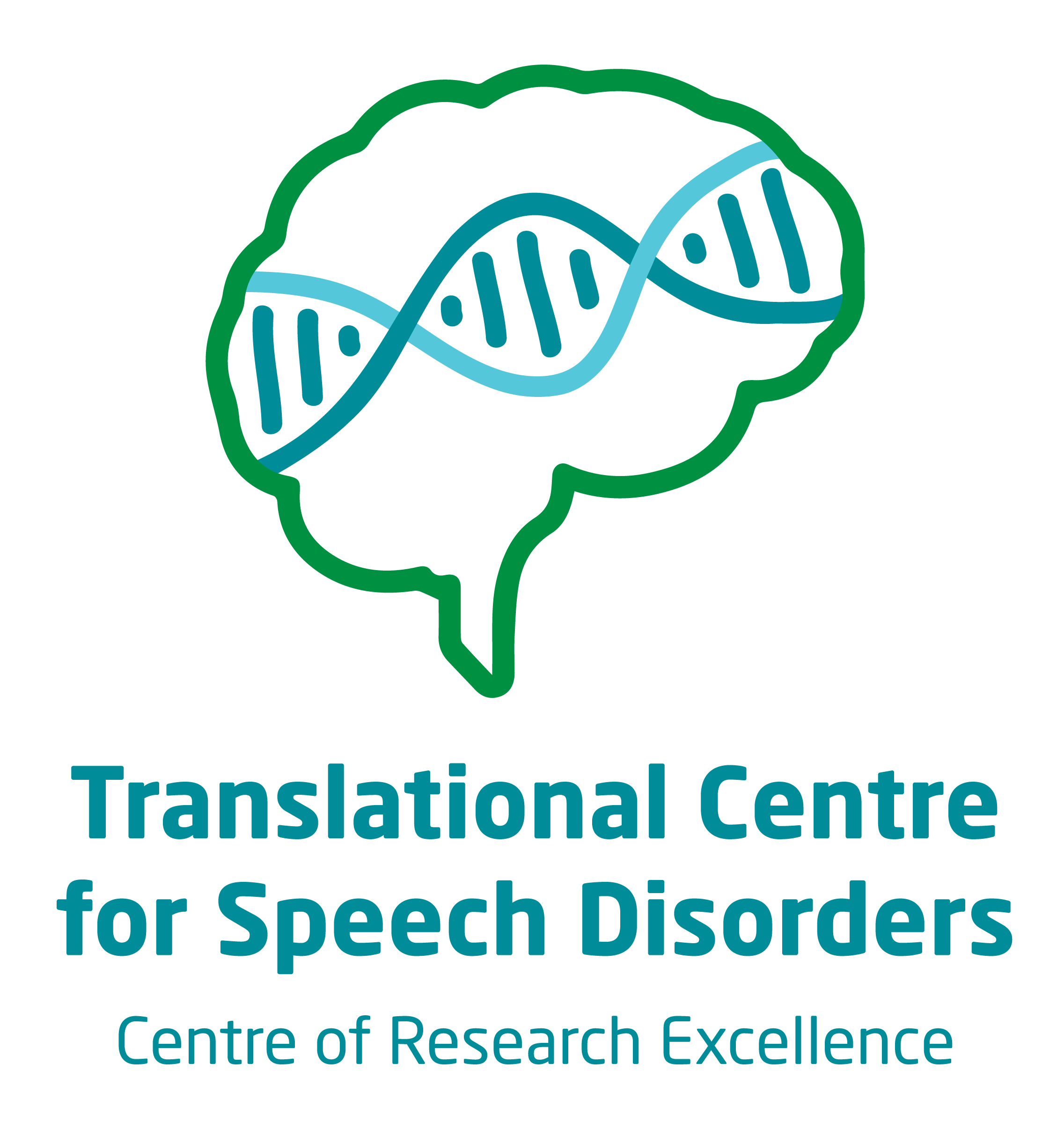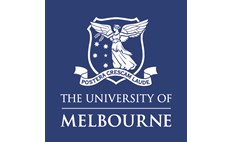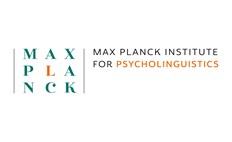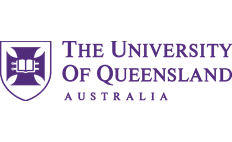FOXP2
What is a FOXP2-related speech and language disorder?
FOXP2 is a gene on chromosome 7q.31.1. FOXP2 is a transcriptor protein which controls the activity of other genes.1 FOXP2 is important for brain development (pre and post birth) and growth of nerve cells. FOXP2 protein is important in the transmission of signals between the brain and the nerve cells and plays an important role in synaptic plasticity.1
FOXP2-related speech and language disorder (FOXP2-SLD) occurs when there is a pathogenic change (like a spelling mistake, called a variant) in the FOXP2 gene, meaning the gene does not function as efficiently. A pathogenic FOXP2 change results in altered development.
FOXP2-plus related speech and language disorder is a distinct but related condition to FOXP2-SLD. The FOXP2-plus condition occurs when there is a deletion or duplication of chromosome 7q31.1 that involves not only FOXP2, but also neighbouring genes.
The type of pathogenic FOXP2 variant that the individual has will determine whether only speech and language is impacted (FOXP2-related speech and language disorder) or whether the individuals will experience broader (global) developmental delays or behavioural difficulties (FOXP2-plus related speech and language disorder).3 Childhood Apraxia of Speech (CAS) is a key feature in individuals with FOXP2-SLD. Approximately 1 in 3 children with CAS have a genetic cause for their CAS. However, FOXP2-SLD is very rare, even amongst children with CAS.3
The Information provided on this webpage pertains to FOXP2-SLD (individuals with variants affecting only the FOXP2 gene) and not larger deletions (7q31.1 deletions, as seen in FOXP2-plus related speech and language disorder).
Contact
For further information, do get in touch with the CRE Speech and Language team at:
Email: geneticsofspeech@mcri.edu.au
Phone: (03) 9936 6334
Frequently asked questions
Individuals with FOXP2-SLD typically experience CAS, verbal cognition (intelligence quotient) and expressive and receptive language challenges, and fine motor skill difficulties, such as doing up small buttons or holding a pencil.3,6 Some individuals have mild intellectual disability, whilst others do not have an intellectual disability.4 Literacy skills, such as reading and writing may also be challenging for individuals with FOXP2- SLD.3,6 Almost half of individuals with FOXP2-SLD have sleep disturbances.
A small number of individuals are autistic.6 Many individuals have hypotonia (low muscle tone).3 Approximately half of individuals report gross motor challenges, such as learning to walk, in early childhood. Approximately 1/4 of individuals have both fine and gross motor challenges.6
By contrast, individuals with FOXP2-plus speech and language disorder (with large 7q.31.1 deletions encompassing the FOXP2 gene) commonly experience more cognitive and learning challenges than individuals with FOXP2-SLD. these challenges can include intellectual disability, global developmental delay, and autistic features.3
In infancy, many individuals with FOXP2-SLD do not babble.3 Young children with FOXP2-SLD may present with fine and/or gross motor challenges, and delayed speech and language milestones.3,6
Many individuals have limited babbling as babies. More than half of individuals with FOXP2-SLD say their first words after 18 months old, which is older than is seen in typically developing children (12-15 months old).6 Likewise, many individuals learn to combine words to create sentences later than seen in typical development (2-3 years), with many with FOXP2-SLD combining words as late as 8 years old, and some individuals not learning to combine words into adolescence.6
A key feature of FOXP2-SLD is CAS (also known as developmental verbal dyspraxia or speech apraxia). 2,3,6 CAS is a motor disorder that affects the production, sequencing and stress of speech. 2,5 Many individuals with FOXP2- SLD have more than one speech disorder. For example, many children have CAS and a phonological disorder.6
Dysarthria, a neuromuscular speech disorder, has also been reported in a few individuals with a FOXP2-SLD, but this is less common than CAS.3,6
For some individuals, their speech challenges mean that they use augmentative and alternative communication (AAC) methods to support their communication. Some individuals use sign language, whilst others use graphic, aided AAC systems (e.g., communication books, high-tech speech generating devices).6
For adults with the FOXP2-SLD, whilst speech impairment is usually still evident, these challenges tend to lessen in severity as individuals grow older. Some speech sounds (e.g., the 'r' and 'th' sounds) and speech prosody remain challenging into adulthood for many individuals.6
We do not yet fully understand how speech develops over time for children with FOXP2-SLD, however studies are currently underway to learn more about the ongoing communication trajectory. To learn more about this study and get involved contact: angela.morgan@mcri.edu.au or speechtracker@mcri.edu.au.
Most individuals with FOXP2-SLD attend mainstream schools with support including speech and language therapy. Some individuals attend special education schools.4
Currently, interventions are specific to an individual’s communication needs. Individuals with FOXP2-SLD require a speech pathology or speech therapy assessment to ensure tailoring of best-evidenced interventions to the individual’s profile.
Due to the high incidence of literacy challenges, alongside phonological difficulties, it is important that individuals with FOXP2-SLD receive systematic and intensive literacy supports to learn to write and read.6
As speech and language disorders are a core feature of FOXP2-SLD, speech therapy/pathology input should start early in life and include assessment and therapies tailored to each individual. Many countries/states provide early intervention programs where speech therapy may be provided by government programs, educational programs, private practices, or a combination of these depending on your location. Families can seek advice from local practitioners about the services available to them in their region.
Assessment/evaluation
Important domains for a speech pathology assessment include:
-
Speech production skills: to evaluate for specific speech diagnoses (e.g., CAS, phonological disorder)
-
Expressive and receptive language skills
-
Social/pragmatic language skills
-
Feeding and swallowing abilities
-
Literacy skills, such as phonological awareness, reading and writing
The types of assessment tools used will vary depending on the child’s individual profile and developmental age. Assessment may be required at an initial diagnosis and throughout childhood and adolescence. The goal of assessment will be to understand the nature and severity of speech and language challenges, then make recommendations for appropriate therapies when needed.
Therapy/intervention
There is no research on speech and language interventions that are specifically designed for children with FOXP2-SLD. Speech and language interventions for children with FOXP2-SLD are currently guided by the child’s individual profile and the best evidence for speech and language disorders more generally, and include:
• Augmentative and alternative communication (AAC)
AAC refers to ways of communicating other than talking (speech), such as the use of sign language or communication devices. AAC options can support language development prior to speech developing (using AAC does not prevent or slow down language development) and can also be of benefit when speech is unclear. Given children with FOXP2-SLD have delayed communication development, introducing AAC in the early years should be considered to foster language development and provide a means for children to engage, learn, and reduce communication frustrations. The need for AAC or the AAC options used by individuals may change over time. Speech pathologists/therapists work with children and families to find the most appropriate AAC options tailored to needs and abilities.
• Evidence-based treatments for CAS7
Existing treatments have varying levels of efficacy. Some examples include:
o Nuffield Dyspraxia Program8
o Rapid Syllable Transition Treatment (ReST)8
o Dynamic Temporal and Tactile Cueing (DTTC)9
o Prompts for Restructuring Oral Muscular Phonetic Targets (PROMPT).10
Evidence based treatments for CAS are high-intensity, with at least weekly and sometimes multiple weekly speech therapy sessions.11 See Morgan et al. (2018) Cochrane Review for more information on CAS therapies. 11 As, children with FOXP2-SLD are very likely to have CAS early speech therapy intervention is advised.
Families should ask their speech pathologist/therapist about how effective these programs (or the ones they are recommending) will be for their child given their age and symptoms. The type of therapy will depend on: (1) the child’s symptoms, (2) their age, (3) the severity of their condition, and (4) any other health or development challenges they have.
Like with any skilled movement, practice or therapy is usually most successful when it happens several times a week. When CAS symptoms have resolved with therapy, there may still be a need for continued speech pathology/therapy input to address challenges in other areas of communication such as expressive language skills (e.g., vocabulary, sentence formation), social/pragmatic language skills (e.g., conversation skills, topic maintenance), and literacy.
It is also important to note that CAS is a difficulty with planning and programming movements for speech. There is no strong evidence to support the use of non-speech oral motor exercises alone (e.g., pursing, blowing, lip massage etc.) as an effective treatment for speech sound disorders.12
- For information on speech and language abilities and FOXP2, please see our Fact Sheet.
- More information on CAS: CAS Fact Sheet
- More information on phonological disorder: Phonological Disorder Fact Sheet
- More information on AAC: AAC Fact Sheet
- Unique FOXP2-SLD guide: FOXP2-SLD Guide
- Apraxia kids information support group: Support Group Website
Ongoing work?
Our team are currently studying changes over time in speech abilities in individuals with FOXP2. Please see our flyer or contact speechtracker@mcri.edu.au to learn more about the study and get involved.
References
- Genetics Home Reference. (2019). FOXP2 gene. Retrieved
https://ghr.nlm.nih.gov/gene/FOXP2#location - Liegeois, F., Morgan, A.T., Connelly, A., & Vargha-Khadem, F. (2011). Endophenotypes of FOXP2: dysfunction within the human articulatory network. European Journal of Paediatric Neurology, 15(4), 283-288.
- Morgan, A., Fisher, S.E., Scheffer, I., Hildebrand, M. (2013). FOXP2- Related Speech and Language Disorders. GeneReviews.
- Hildebrand, M. S., Jackson, V. E., Scerri, T. S., Van Reyk, O., Coleman, M., Braden, R. O., Turner, S., Rigbye,K. A., Boys, A., Barton, S., Webster, R., Fahey, M., Saunders, K., Parry-Fielder, B., Paxton, G., Hayman, M., Coman, D., Goel, H., Baxter, A., Ma, A., ... Morgan, A. T. (2020). Severe childhood speech disorder: Gene discovery highlights transcriptional dysregulation. Neurology, 94(20).
- Kaspi, A., Hildebrand, M. S., Jackson, V. E., Braden, R., van Reyk, O., Howell, T., Debono, S., Lauretta, M., Morison, L., Coleman, M. J., Webster, R., Coman, D., Goel, H., Wallis, M., Dabscheck, G., Downie, L., Baker, E. K., Parry-Fielder, B., Ballard, K., Harrold, E., ... Morgan, A. T. (2023). Genetic aetiologies for childhood speech disorder: novel pathways co-expressed during brain development. Molecular psychiatry, 28(4).
- Morison, L. D., Meffert, E., Stampfer. M., Steiner-Wilke. I., Vollmer, B., Schulze, K., Briggs, T., Braden, R., Vogel, A., Thompson-Lake, D., Patel, C., Blair. E., Goel, H., Turner, S., Moog, U., Riess, A., Liegeois, F., Koolen, D. A., Amor, D. J., Kleefstra, T., Fisher, S. E., Zweier, C., Morgan, A. T. (2022). In-depth characterisation of a cohort of individuals with missense and loss-of-function variants disrupting FOXP2. Genetics in Medicine. doi:10.1136/jmg-2022-108734.
- Murdoch Children’s Research Institute. Fact Sheet: Childhood Apraxia of Speech. Retrieved
https://www.geneticsofspeech.org.au/media/dokkyesk/cas_v1.pdf - Murray, E., McCabe, P., & Ballard, K.J. (2015). A Randomized Controlled Trial for Children With Childhood Apraxia of Speech Comparing Rapid Syllable Transition Treatment and the Nuffield Dyspraxia Programme-Third Edition. Journal of Speech, Language and Hearing Research, 58(3), 669-686.
- Murray, E., McCabe, P., & Ballard, K.J. (2014). A systematic review of treatment outcomes for children with childhood apraxia of speech. American journal of speech-language pathology, 23(3), 486–504.
- Morgan, A. T., et al. (2018). Interventions for childhood apraxia of speech. The Cochrane database of systematic reviews, 5(5).
- Morgan, A. T., Murray, E., & Liégeois, F. J. (2018). Interventions for childhood apraxia of speech. The Cochrane database of systematic reviews, 5(5).
- Lee, A. S., & Gibbon, F. E. (2015). Non-speech oral motor treatment for children with developmental speech sound disorders. The Cochrane database of systematic reviews, 2015(3).






